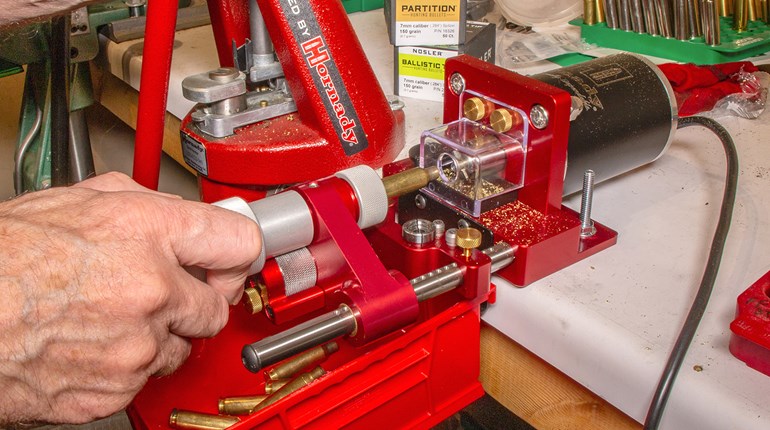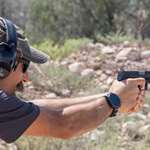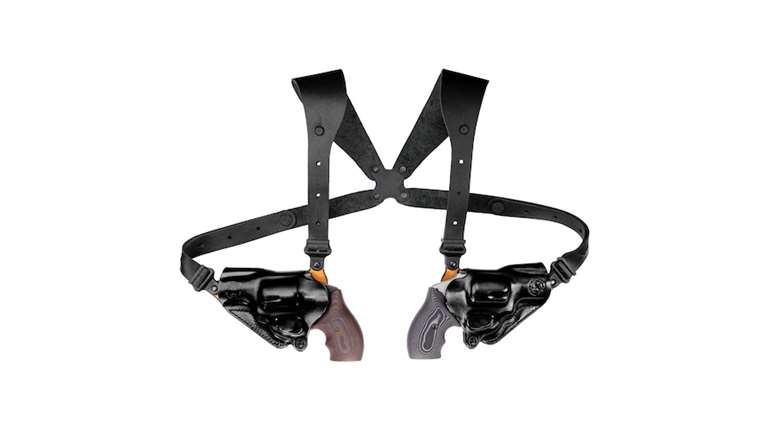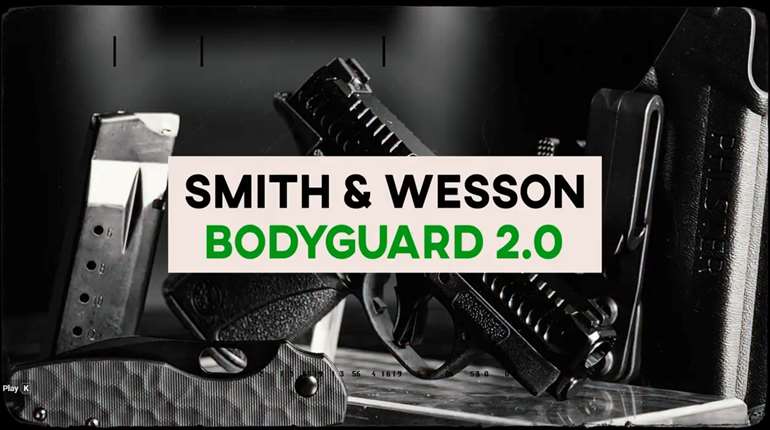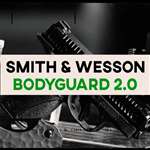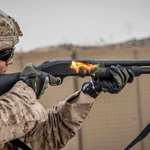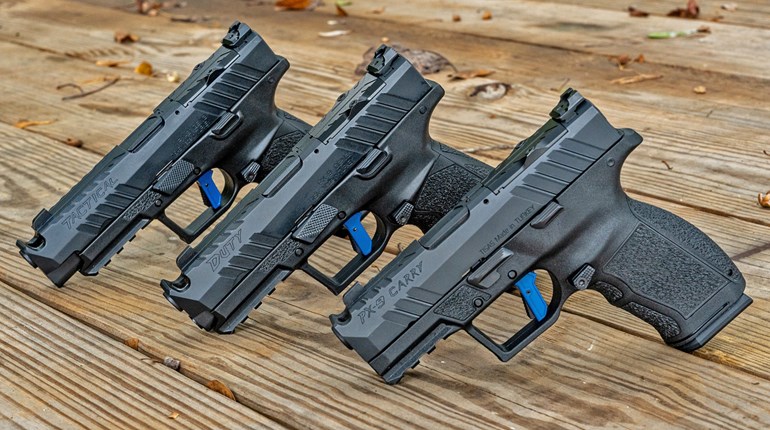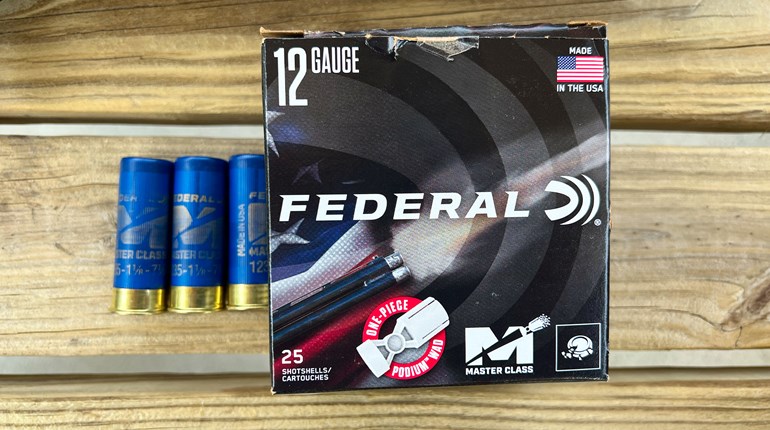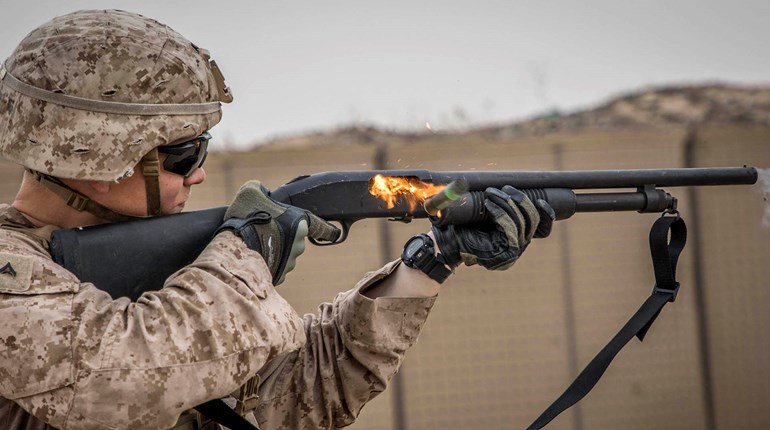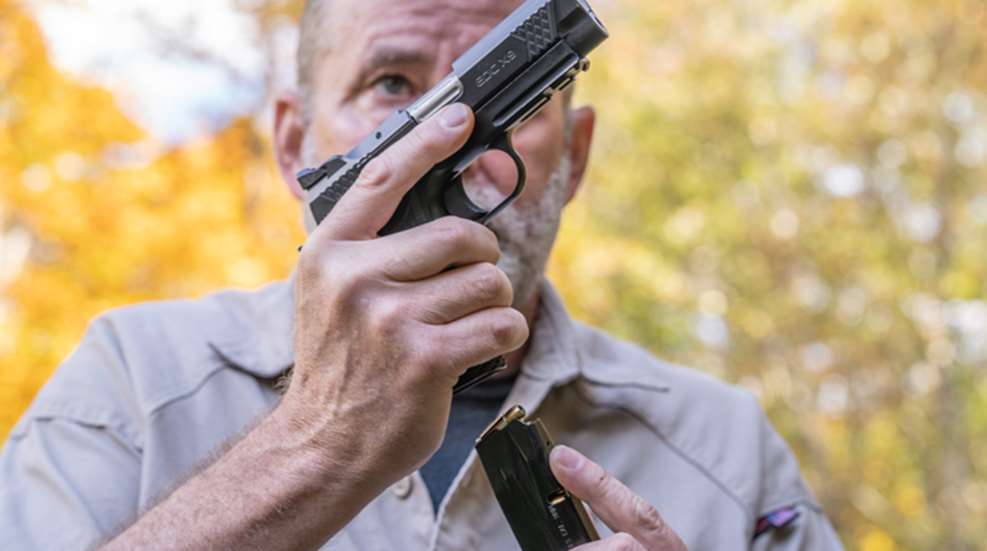
I think there’s a subset of firearms trainers throughout the world dedicated to making firearms training as complicated as possible. I also believe there are some things firearms instructors teach on a regular basis — things we all accept as dogma — that when examined carefully might not be the best way. Or, maybe better put, there are other ways to do some of the things that have been accepted as standard operating procedure.
One example is performing immediate action to a defensive pistol. Immediate action is an accepted definition for clearing a stoppage or jam and making a gun return to operational order. Malfunctions or stoppages are generally broken into three classes. Failures to fire or feed are considered Class 1, a failure to eject or a stovepipe stoppage are Class 2, and a Class 3 describes a double feed. The corrective action for each is different and all require you to take your focus off the threat to look at your pistol in order to determine the proper action.
The indication you have a stoppage is that your gun will not go bang. If your gun will not go bang and you desperately need it to go bang, then your gun requires immediate action. The commonly taught method for dealing with a Class 1 stoppage is to smack the magazine to make sure it is fully seated and then, with the ejection port pointed towards the earth, rack the slide.
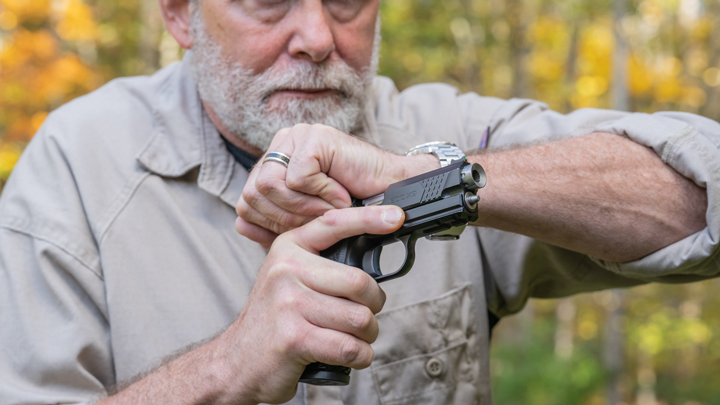
Though some teach to swipe the stovepipe away first, with a Class 2 stoppage the accepted response is identical, which begs the question of why it even has a different name. A Class 3 stoppage requires a bit more work. Step 1, lock the slide to the rear. Step 2, remove the magazine. Step 3, with the ejection port towards the ground, rack the slide three times. Step 4, insert a new magazine. Step 5, rack the slide chambering a live round.
Ironically, the doctrine response to these stoppages is very similar to a reload, and a reload is a very smart response to a gun that will not go bang. So, why are we taking all this time to evaluate the type of problem our gun has and then performing different actions — based on that evaluation — that are very similar to a reload, when in fact a reload would most likely solve the problem to begin with?
For example, if you’re in a gunfight and you pull the trigger and your handgun does not go bang, are you really going to look at it to see why it did not go bang, or are you going to reload the damn thing? If you train to examine your gun, then that’s what you will do. If you’re smart, and if you have another magazine, you might should just reload your pistol.
When I was the firearms instructor at the first police department I served with, I realized quickly that most officers did not train enough to quickly cipher out a stoppage and apply the doctrine action. I’ve also run a lot of combat pistol matches and witnessed the same thing with civilians. With the officers I trained, I developed and taught a standard response to a gun that would not go bang. It was not novel or new; it’s what everyone already called a reload. If your gun stops working reload it. Unless something is broken there’s 99-percent chance reloading it will solve the problem.
This works perfectly well when a gun is out of ammo, it works just as good when there is a failure to fire or feed, and it works marvelously well with a stovepipe or failure to eject. If in fact you have a Class 3 stoppage, when you depress the magazine release button the magazine will not fall out. To steal a phrase from Sheriff Jim Wilson, that’s something those involved in police work call "a clue."
If the magazine will not fall free of the handgun, rip it out of the pistol. Which is exactly what you would do, stoppage or not if it did not fall out. Then, insert the new magazine and rack the slide. Just once. I never knew what magic there was in racking the slide three times. Solve the problem; anything else you do is a waste of time.
Now, all that being said, if you have a Class 3 stoppage and a reload does not solve the problem, there is a good possibility that your extractor is broken. If that’s the case, no immediate action you can conduct will sort out the desperate situation you are in.
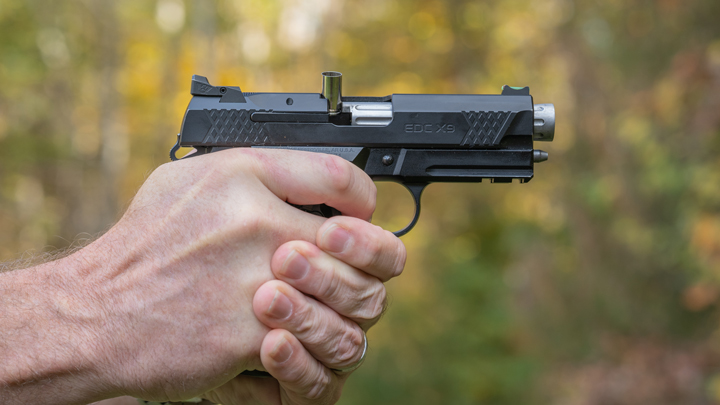
I’ve used this technique for years without fail. Yes, it does take just a bit longer to conduct a reload than it does to tap the magazine and rack the slide. However, if you take the evaluation step out of the process — and if you practice reloading — it’s damn near just as fast. And, what if the reason the gun did not go bang was because it was out of ammunition? If that’s the case the immediate action you conducted was indeed a waste of time.
If you have a stoppage — and time — then you might want to make a more critical evaluation of the situation. But in most cases, time is something that is of short supply in a gunfight. Immediate action does not have to be complicated, but it does need to be practiced. Sometimes the application of a simple solution is the best way to deal with even multi-layered complex problems. Is a reload the best course of immediate action? Maybe. It is for sure a way. Find the way that works best for you and train to perform.












